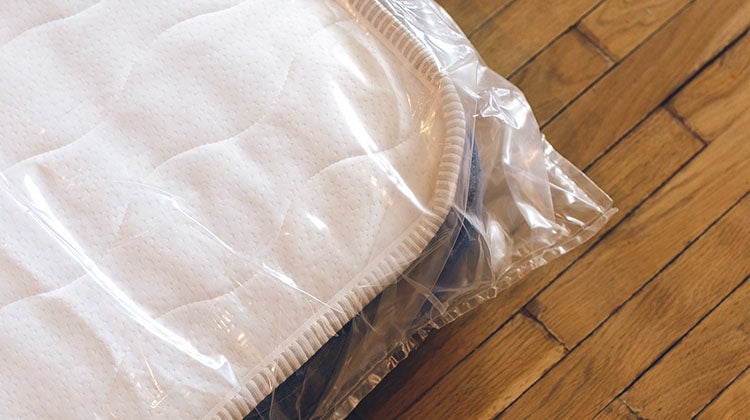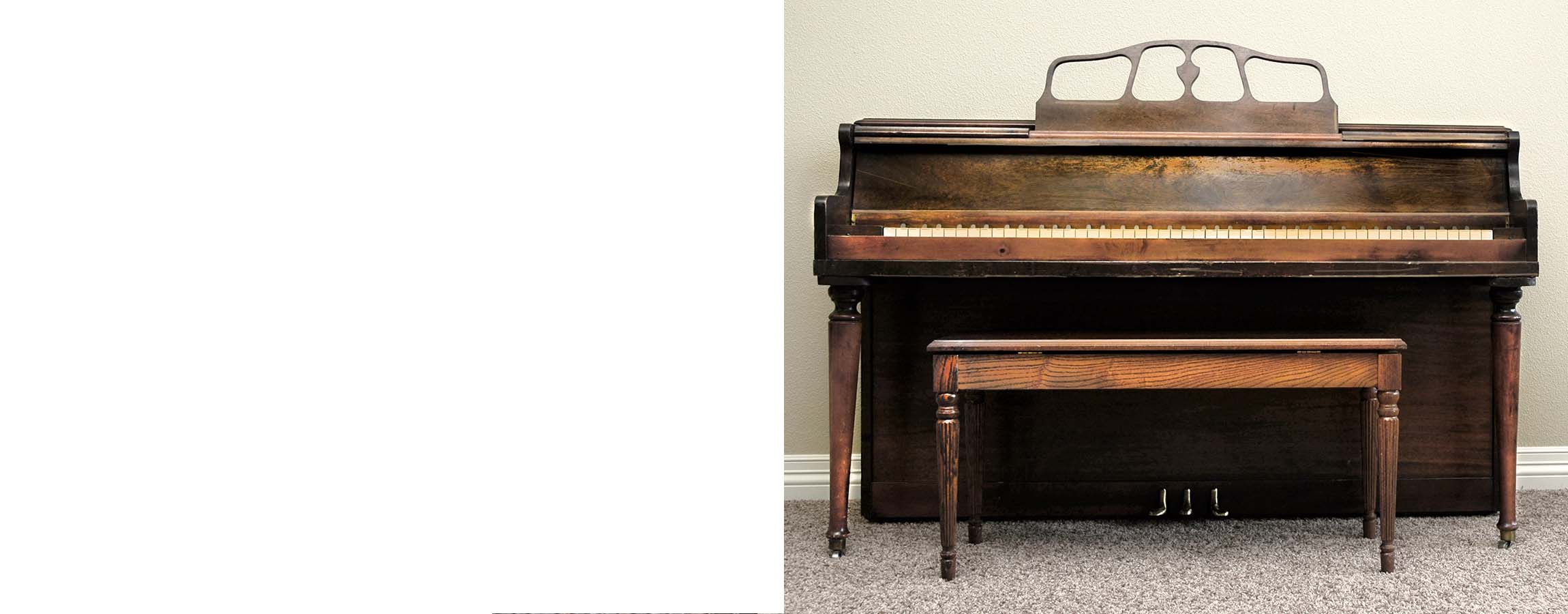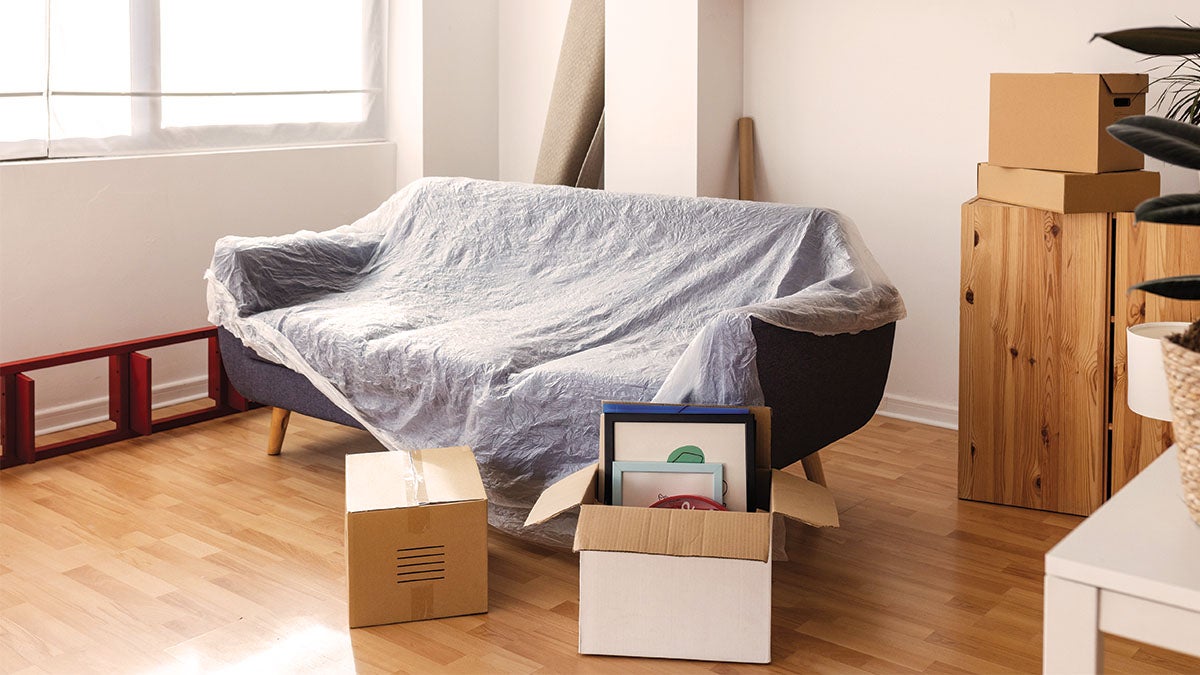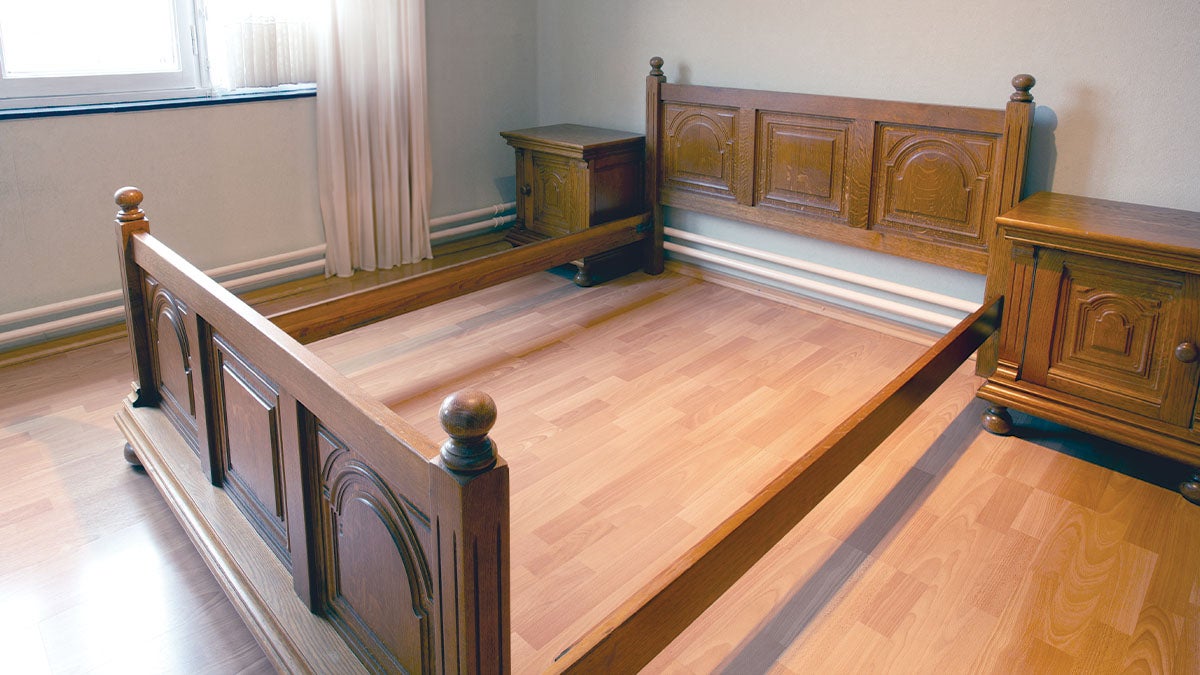Are you dealing with a mattress infested with bed bugs? We know how frustrating and downright icky it can be to discover these tiny bloodsuckers have made themselves at home in your precious mattress. But fret not! We're here to help you kick those pesky pests to the curb—safely, of course.
Bedbugs are not only annoying but can also be hazardous in large numbers. Properly disposing of a bed bug-infested mattress is crucial to prevent the spread of these critters and protect your home from further infestation.
How to dispose of a mattress with bed bugs?
- Identify bed bugs in your mattress
- Check the level of infestation
- Prepare the mattress for disposal
- Get proper safety gears
- Isolate the mattress
- Pack and seal the mattress using a plastic cover
- Contact professional extermination service providers
- Check for proper disposal options
- Check with your local recycling facility
- Contact your local junk removal company to see if they can take the mattress away
- Carry it to the landfill
- Clean and disinfect the surrounding area
Bed bugs are tiny creatures who love to hitch a ride and find their way into our homes. Once they settle into your mattress, they can wreak havoc. It can be a stressful and overwhelming task, especially if you’ve never had to deal with bed bugs before.
It's important to follow proper protocol and take all necessary safety precautions. We've put together a comprehensive guide that will walk you through each step on how to discard a mattress with bedbugs without causing any more trouble.
Let's dive into the essential steps listed above in more detail for safely saying goodbye to your mattress.
Identifying Bed Bugs in Your Mattress
Before you embark on the disposal journey, make sure you're dealing with a bed bug problem. The first step is to identify whether or not your mattress has bed bugs.
Bed bugs are small, oval-shaped insects that feed on blood. They are typically found in mattresses and other furniture items, but they can also be found in cracks and crevices of walls and baseboards.
Check the level of infestation
Before diving into any bed bug eradication plan, it's essential to assess the level of infestation. Take a close look at your mattress and surrounding areas to determine the extent of the bed bug invasion.
To check for bedbugs,
- look closely at the seams of the mattress for signs of red spots (which may indicate the presence of dried blood)
- use a flashlight to inspect around buttons and tufts for any signs of movement or tiny black dots which could signal a bed bug infestation
- check for small-sized clusters of tiny white/brown dots around the corners of the mattress which could be eggs.
- lookout for telltale signs like itchy red bites on your feet, back of your hands, and other exposed areas of your body
Understanding the severity of the infestation will help you choose the most suitable treatment method and gauge the amount of effort required to say goodbye to these unwanted guests.
Remember, DIY treatments can make things worse if not done correctly, so it's best to focus on safe mattress disposal options.
Check out our guide on how to get rid of bed bugs in a mattress if you would still like to give your bed bug mattress a chance.
Preparing the Mattress for Disposal
Once you're sure about the infestation, take some precautions to avoid the spread of bed bugs during the disposal process.
Isolate the mattress by moving it away from walls and furniture.
Next, carefully place the mattress in a sturdy plastic bag, ensuring it's completely sealed. This will prevent any wandering bed bugs from escaping while you wait for the treatment process.
Safety is crucial, so don't forget to wear gloves and protective clothing while handling the mattress.
Contacting Professional Extermination Services
While some DIY enthusiasts might be tempted to tackle the problem themselves, seeking professional help is the safest and most effective option.
Book an appointment with a reputable pest control company in your area that specializes in bed bug extermination. These experts know the best practices for treating bed bug mattresses and can guide you with proper disposal options.
You may be wondering, why should you hire an exterminator if you want to get rid of the mattress.
- As a safe disposal practice, you need to make sure that you take care of any existing infestation in the surrounding area and prevent the spread of bed bugs to other areas of your home.
- Recycling centers and mattress recycling companies generally do not accept bed bug mattresses or furniture if it has not been treated before disposal.
Disposal Options for Bed Bug-Infested Mattresses
Recycling centers
One eco-friendly choice is to take your mattress to a local recycling facility that accepts bed-bug mattresses. Mattress recycling helps reduce waste and minimizes the environmental impact. Check for recycling centers in your area and schedule a pickup.
Local junk removal company
Contact a junk removal company in your city and check if they take bed bug mattresses for disposal. These companies can take your mattress but they have certain guidelines about proper treatment of mattresses and preparation for disposal. You have to follow these guidelines before their team is sent in to do the inspection and accept your mattress.
Landfill
If recycling isn't available in your area and your local junk removal company cannot take the mattress, then landfill disposal is the last resort. Ensure you check local regulations and guidelines to comply with proper disposal practices.
You can also ask your exterminator service provider for suggestions or if they can take your mattress away for a fee.
Cleaning and Disinfecting the Surrounding Area
It is essential to clean and disinfect the surrounding area thoroughly before and after disposing of the mattress.
- Vacuum the floors, baseboards, and any furniture nearby.
- Steam clean the mattress as the high temperatures will help eliminate any remaining bed bugs and their eggs.
- Clean and disinfect your home to prevent any residual bed bugs from reinfesting the mattress or spreading to other areas of your home.
- As you look for a new mattress, consider investing in a bed bug mattress encasement that can help prevent future infestations and protect your new mattress.
DIY Mattress Disposal for Bed Bugs
For the DIY enthusiasts who decide to handle the mattress disposal themselves, here are some steps to follow:
- Use a vacuum cleaner with strong suction to remove and get all visible bed bugs out of the mattress.
- Double-bag the mattress using thick plastic bags, and securely seal them with duct tape.
- Label the bags as "infested with bed bugs" to alert others about the potential hazard.
- Transport the mattress discreetly to a landfill to avoid causing alarm or further spread of bed bugs.
Disposing of a mattress with bed bugs may seem like a daunting task, but with the right approach, you can do it safely and responsibly. Remember, bed bugs are tenacious little critters, so be thorough in your efforts to prevent their spread. Whether you opt for professional disposal or handle it yourself, follow the guidelines and local regulations to ensure you're doing it right. By taking these steps, you'll not only bid farewell to those pesky bugs but also contribute to a cleaner and safer environment for all.
We hope this comprehensive guide has been helpful! Stay vigilant, keep those bed bugs at bay, and sleep tight on your new, bed bug-free mattress. Sweet dreams!






